Honda Insight Hybrid
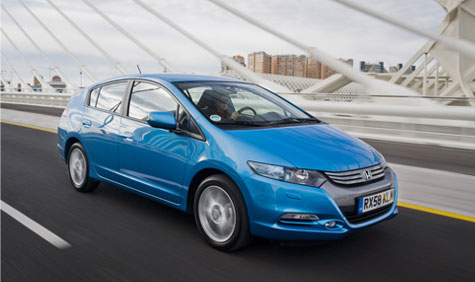
Barely ten years ago, buyers in search of a hybrid motor car had only two real options; the original Toyota Prius and Honda's rather oddball two-seater Insight. Prius Mark 1 was an undistinguished design, cloaking its innovation beneath a skin of stunning blandness. In stark contrast, the first Insight was quirky and futuristic, with faired in rear wheels, a compact footprint and genuinely exceptional fuel economy. Toyota quickly caught on, and the second generation Prius marked a bolder design direction, establishing the teardrop form that has since come to signify hybrid power to the world.
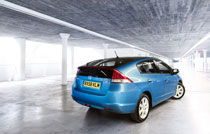
By pushing the Prius name as a byword for hybrid, Toyota managed to corner vast swathes of this nascent market, leaving Honda scrabbling about for scraps. It didn't help that subsequent Honda hybrids - the Civic, for example - don't exactly shout about their abilities. So we're happy to report that the new generation Insight marks a quiet return to form, albeit by apeing the slippery yet practical form of the Prius.
If nothing else, the new Honda Insight demonstrates that hybrids have truly come of age. The practical four-door body, sensible price and functional, well-built interior is pitched squarely at the sober-minded consumer in the market for economical, trouble-free motoring with just a slight whiff of techno-futurism. On the road, the Insight is competent but hardly thrilling, smooth and responsive but also somewhat sluggish, a trait for which it can hardly be deplored in the current climate.
Honda has thoughtfully instilled the Insight with a soupcon of artificial intelligence, thanks to the dashboard Eco Assist meter that sprouts more and more green leaves in response to a gentle, fuel-sipping driving style. Switch off the ECON button and start mashing the pedals and your hard-won greenery is ruthlessly pruned.
For all its efficiency, inside and outside, we can't help feeling that the Insight is still something of a stop-gap. Within the next 12 to 18 months, hybrid systems will have been rolled out by almost all the major car makers, meaning that hybrids will no longer be differentiated from their fossil-fuelled siblings. We're still awaiting the appearance of a truly avant-garde car, one that demonstrates that low-cost motoring is truly at the forefront of cutting edge innovation.
Receive our daily digest of inspiration, escapism and design stories from around the world direct to your inbox.
Jonathan Bell has written for Wallpaper* magazine since 1999, covering everything from architecture and transport design to books, tech and graphic design. He is now the magazine’s Transport and Technology Editor. Jonathan has written and edited 15 books, including Concept Car Design, 21st Century House, and The New Modern House. He is also the host of Wallpaper’s first podcast.
-
 Usher opens up about breakfast playlists, banana pudding and why a glass tumbler is always on his rider
Usher opens up about breakfast playlists, banana pudding and why a glass tumbler is always on his riderOn the heels of a collaboration with Baccarat, the Grammy-winning singer-songwriter breaks down his entertaining tips. 'Hosting is an expression of how you feel about your guests and also who you are.'
-
 The beauty trends that will define 2026, from ultra-niche fragrances to anti-ageing dental care
The beauty trends that will define 2026, from ultra-niche fragrances to anti-ageing dental careAs we enter the new year, we speak to experts in fragrance, skincare, aesthetics, wellness and more about the trends that will be shaping the way we look
-
 The most stylish hotel debuts of 2025
The most stylish hotel debuts of 2025A Wallpaper* edit of this year’s defining hotel openings. Design-led stays to shape your next escape
-
 Danish manufacturer Zenvo Automotive’s Aurora is the true enthusiast’s hybrid hypercar
Danish manufacturer Zenvo Automotive’s Aurora is the true enthusiast’s hybrid hypercarZenvo Automotive dovetails Danish design culture with a love of high-end engineering and exceptional performance. We talk to the company’s Jens Sverdrup about its newest machine, the Aurora
-
 Yves Béhar gives striking shape and form to this new hybrid-electric catamaran concept
Yves Béhar gives striking shape and form to this new hybrid-electric catamaran conceptSolsea is a concept catamaran from Italian shipyard Rossinavi, blending zero emission cruising with design by Yves Béhar
-
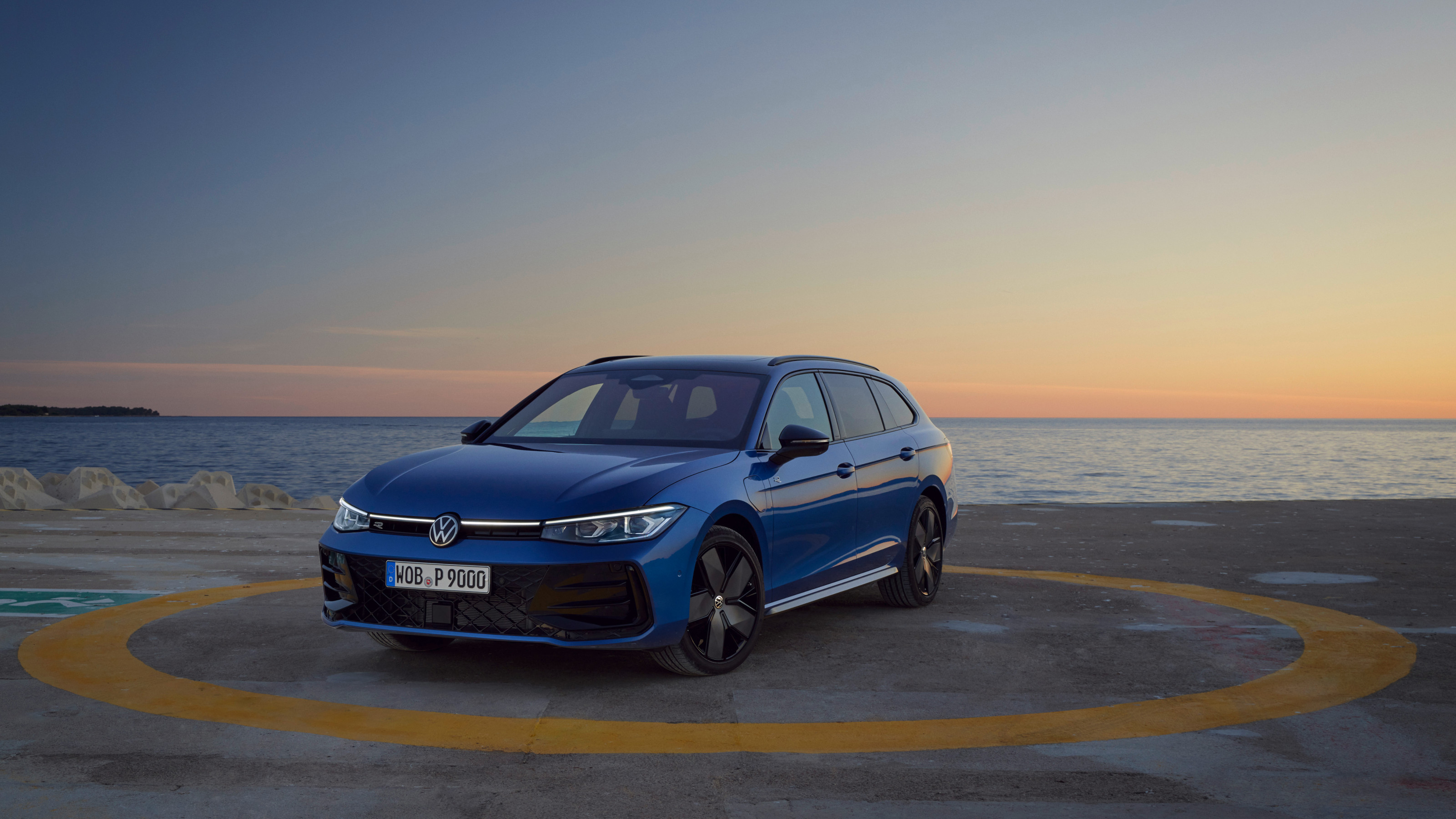 The Volkswagen Passat is a sober, straight edged estate car that feels increasingly out of time
The Volkswagen Passat is a sober, straight edged estate car that feels increasingly out of timeWhy would anyone pass on a Passat? Volkswagen’s big load lugger proves that the old ideas are still the best
-
 Bentley describes the updated hybrid Flying Spur Speed as a four-door supercar
Bentley describes the updated hybrid Flying Spur Speed as a four-door supercarThe latest version of the Bentley Flying Spur is a technological showcase and an outstanding performer
-
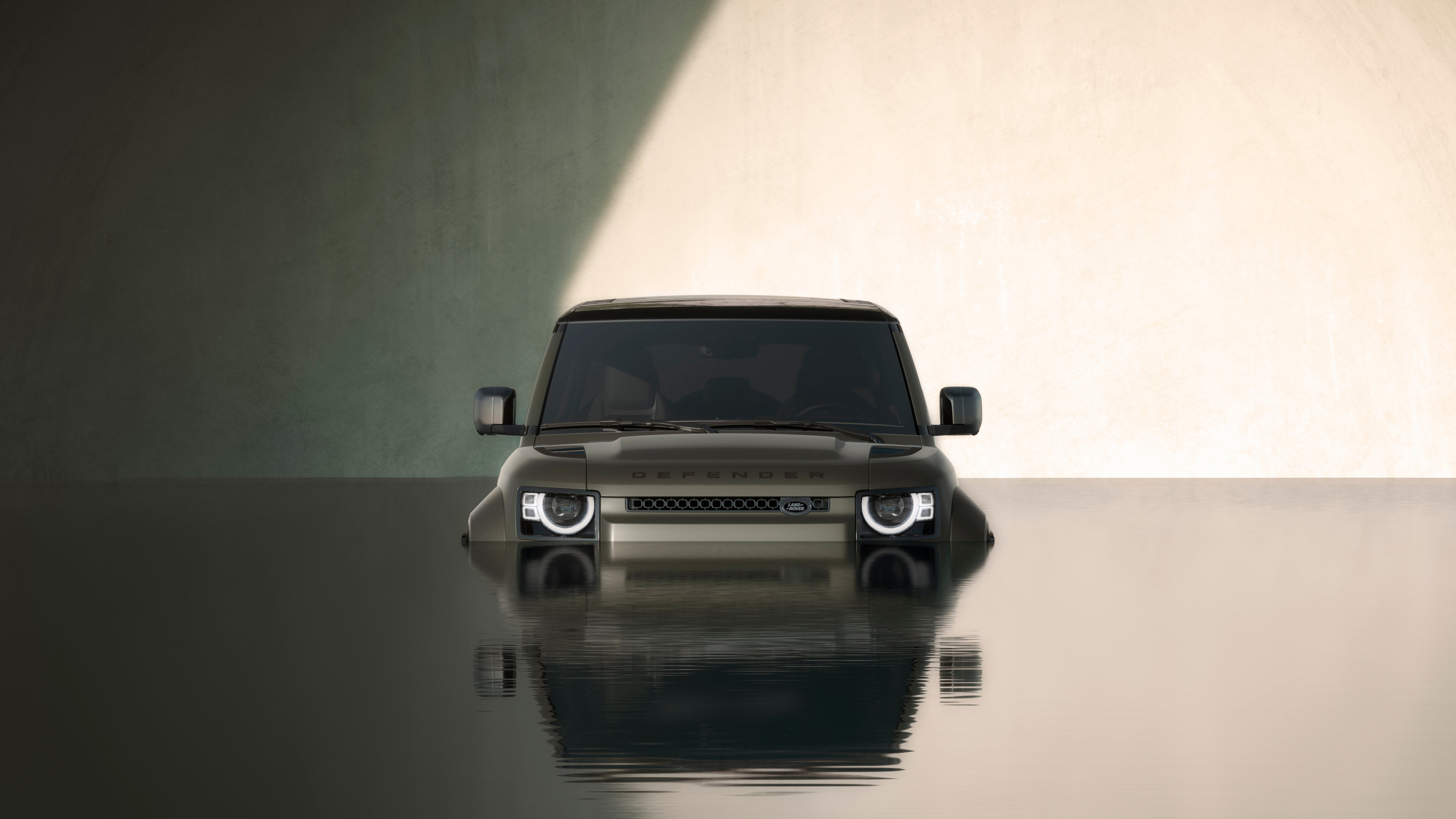 The 2024 Goodwood Festival of Speed hosted a wealth of auto innovation, from hypercars to hot hatches
The 2024 Goodwood Festival of Speed hosted a wealth of auto innovation, from hypercars to hot hatchesThe best new SUVs, EVs, hatchbacks and supercars to emerge from the 2024 Goodwood Festival of Speed
-
 New Volkswagen California is a hybridised camper van that has it all
New Volkswagen California is a hybridised camper van that has it allThe Volkswagen New California camper van is here, the latest update to VW’s evergreen classic, bringing a larger platform, more flexibility and hybrid power for the first time
-
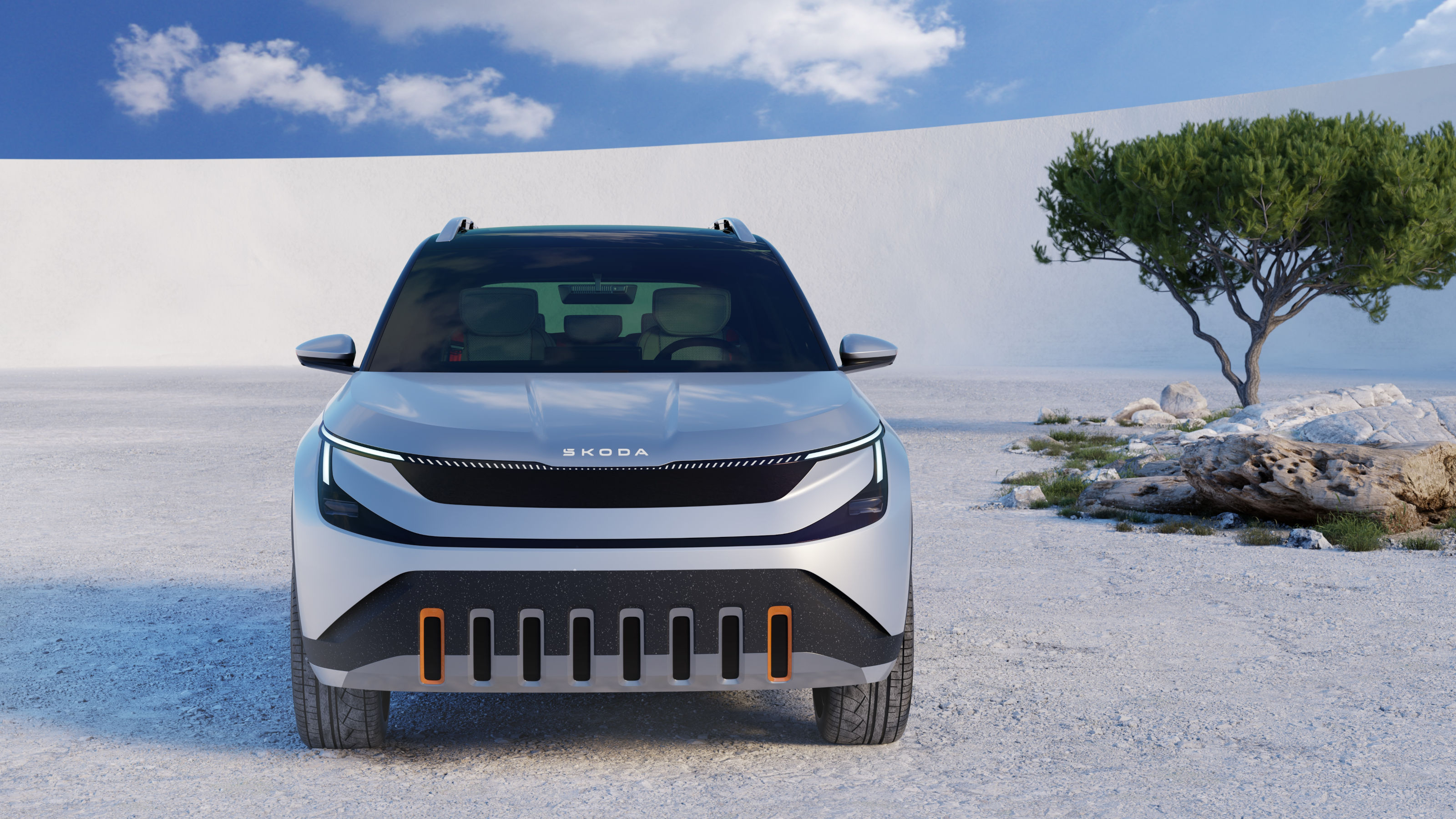 Coming soon: a curated collection of all the new EVs and hybrids that matter
Coming soon: a curated collection of all the new EVs and hybrids that matterWe've rounded up new and updated offerings from Audi, Porsche, Ineos, Mini and more to keep tabs on the shifting sands of the mainstream car market
-
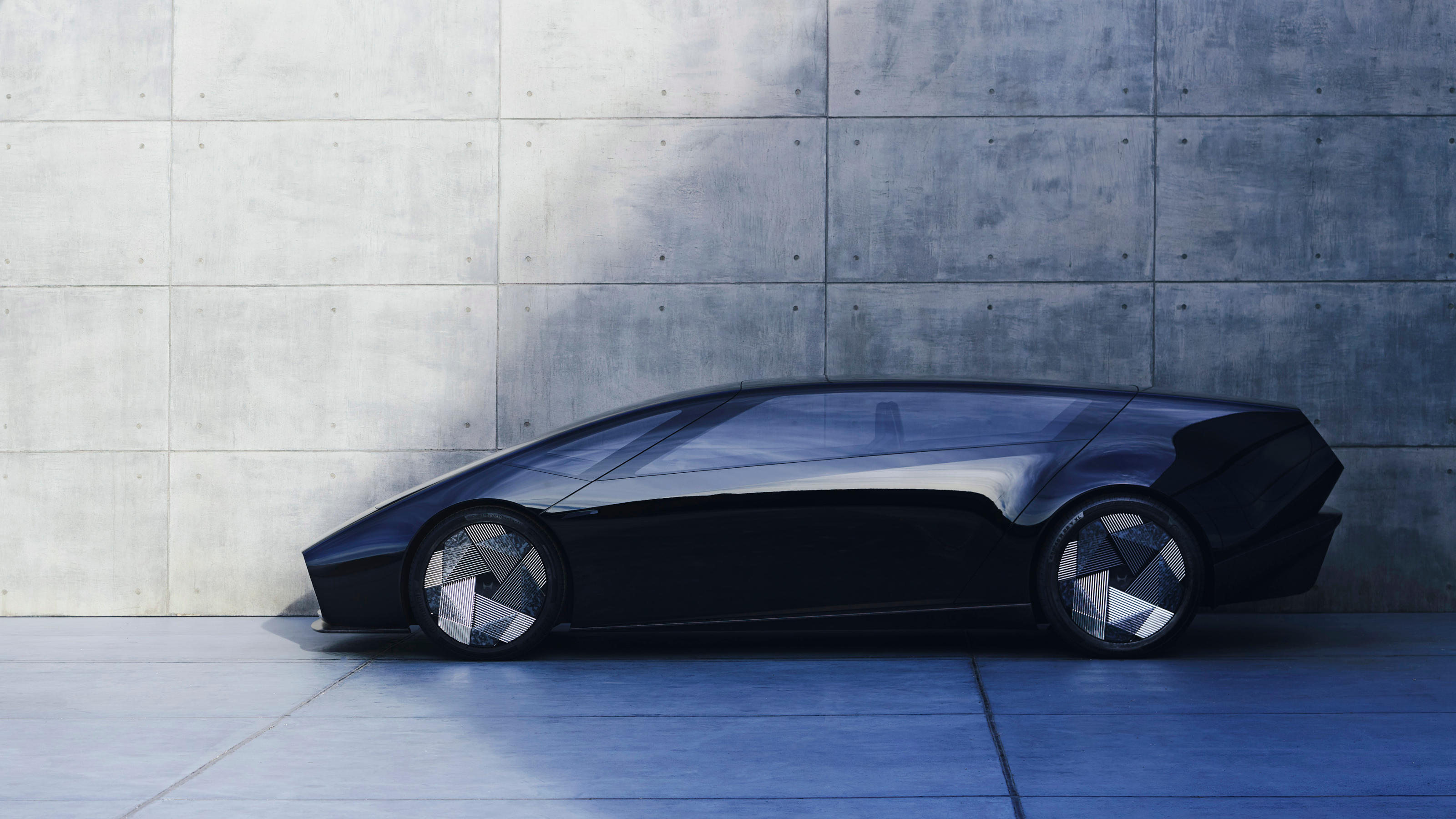 CES 2024 was a showcase for how to shoehorn AI into next-generation cars
CES 2024 was a showcase for how to shoehorn AI into next-generation carsCES 2024 in Las Vegas underlined that future mobility will be shaped by AI, like it or not, as intelligent assistants emerge to guide, plan and converse with their human cargo